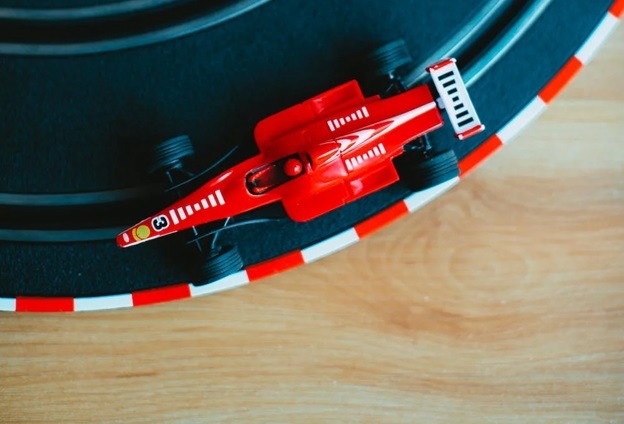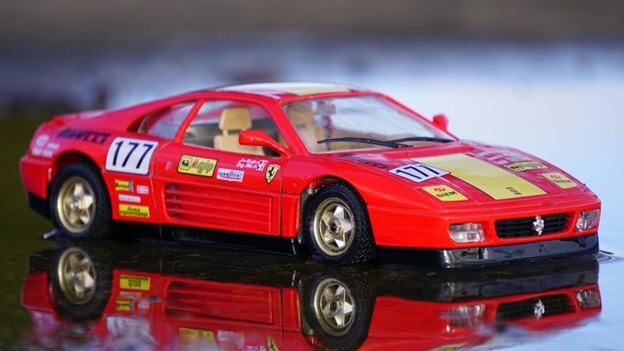Slot car racing is an intense competitive hobby, but it’s also a lot of fun. One of the most enjoyable aspects of racing is building the cars themselves. Some people even create scale models of racetrack layouts, complete with buildings, trees, and even model animals. In the United States, the United Slot Racers Association is the largest group for racing enthusiasts.
It’s a hobby with an element of competition
Racing is a competitive hobby that combines skill with the thrill of winning. These miniature mockups of real cars follow a racetrack and are often modified to perform better. The drivers need to know how to handle turns properly in order to achieve a fast time.
There was a time when model car racing required complete construction, including assembling and painting the body. Even if kits came with the motor and chassis, there was still a great deal of work to be done. This often led to a lack of interest in the hobby.
The hobby of racing has become increasingly popular over the years. Unlike other hobbies, racing is a competitive sport. In some cases, the competition between racers is as serious as in real races. Aside from the competitive element, building and maintaining a slot car is an enjoyable hobby. Many garages are filled with scale models of race track race tracks.
It’s a miniature race
The concept of racing is simple: you race a miniature car by using a hand-held controller to regulate the speed of an electric motor. Traditionally, slot car drivers will race on a separate lane while sharing the same guide-slot. They will have to negotiate obstacles in the racetrack without losing grip or veering off course.
Racing is a popular leisure activity. It started in the 1960s and is still popular today. The vehicles in these races are operated by hand-held controllers. A guide pin on the chassis fits into a slot on the racetrack, guiding the miniature car around the racetrack.
Vehicles are powered by small electric motors and stored in storage batteries. They move along slot car race tracks by following a groove cut into the surface. Some racetracks have just two lanes, but a commercial racetrack typically has eight. The cars are guided through the racetrack by a guide pin or blade.
It uses an electric motor
Racing uses an electric motor to propel a miniature vehicle around a racetrack. These miniature models are often highly detailed to mimic the look of real racetracks. Some racetracks have magnets to prevent the cars from spinning freely, but many slot car racers feel the lack of magnets is better for the realistic simulation.
A slot car’s electric motor is controlled by a hand-held controller that regulates the voltage of electricity flowing through the racetrack, which you can learn more about here. The driver presses a trigger to accelerate and let go to slow down and stop.
The technology used for racing has evolved dramatically over the years. Some of the cars are faster than stealth fighters and live drag programs. While some of these are vintage style cars raced on a bracket system, full-sized rail jobs have only been developed in recent years.
It has a driver
In racing, the driver is responsible for steering the car around the course. The car must be driven carefully and quickly to avoid falling out of the slot. The driver must slow down to approach a corner and then accelerate smoothly into the next straightaway. Failure to do this will cost the driver precious seconds.
The driver controls the speed of the car using a hand-held controller. This controller contains a transistorized circuit (http://www.slotcarracing.org.uk/control/cont1.htm) and a variable resistor. The driver can vary the amount of power supplied to the car by pressing a trigger or releasing a spring-loaded plunger. A driver can also apply dynamic braking to slow down the car.
The body of the slot car is modeled to resemble the real vehicle. It is usually scaled to the real vehicle’s mass. In addition to the driver, the interior of the car will often feature a real driver. The driver’s seat is modeled to be just below the height of the windows.

